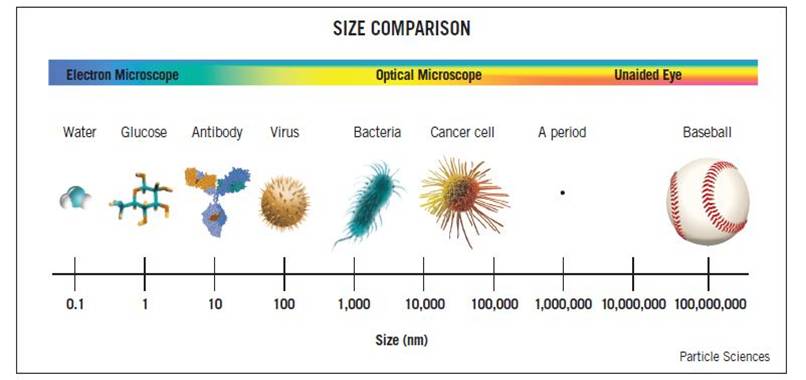Innovative Technology for Businesses of the Future
During my career, I have been lucky enough to have found new technology or tried new designs.
1. Dowell E-1027
In my early days as a novice operations engineer for Mobil in New Orleans, I was responsible for a new gas field offshore Grand Isle. It was not uncommon to realize significant production increases after mud acid jobs. There were, however, several wells that lost productivity fairly quickly after mud acid treatments. After analyzing flowing pressures vs. gas rate using the technique developed by Jones et al. (SPE paper 6133-MS), we determined that the root cause was migrating "fines." At that time, Dowell research scientists in Tulsa were developing an acid system called E-1027 (later named "Clay Acid"). Our treatment was the first field trial of E-1027. Fortunately, it worked! Results were published by Rathbone et al. (SPE paper 8399).
2. In-Casing Open-Hole Gravel Pack
In the late 1970s I was responsible for designing and executing high-rate gravel-packed completions offshore Texas. In those days, "high-rate" meant about 50 million standard cubic feet per day (MMSCFPD). In the lower, higher-pressure zones, the wells could achieve the desired rates with in-casing gravel packs. However, IPR/TPC analysis (this was before WEM) indicated that the lower-pressured upper zone would not achieve the desired rate with an in-casing gravel pack. The problem was that the production casing had already been set through the zone. Using casing cutting tools used for milling a window for sidetracking and under-reaming tools to under-ream the window, along with a carefully-planned fluid program and some creative logging techniques, the well was successfully completed. This well was able to produce 20% over the target rate and produced sand-free for almost a decade.
3. Camco Dual Piston SCSSV
In the 1980s, the industry was pushing further and further into deep water (1,000' at that time). One of the design challenges was the development of a Surface-Controlled Subsurface Safety Valve (SCSSV) that could be set that deep without having the hydrostatic head of the hydraulic fluid in the control line open the valve. CAMCO designed the innovative dual-piston valve. Seeing the value in a field trial of this new technology for the future, I used several of these in shallow-water wells to prove the design. To the best of my knowledge, these were the first dual-piston valves ever used in the field.
4. Nanotechnology
In 2011, while serving as a facilities engineer in Hess' E&P Technology group, I literally stumbled across nanotechnology while searching for a solution to corrosion under insulation and fireproofing. It didn't take long for me to realize the huge, untapped potential for this diverse area of science to impact the oil and gas industry.
I am firmly convinced that nanotechnology is the best-kept secret in the oil business. I aim to change that!
1. Definition
The official definition for nanotechnology is that it is any technology that involves matter that in any one direction is 1-100 nanometers in length. A nanometer is 1/billionth of a meter, or 10 angstroms.
Unofficially, nanotechnology is the application of various sciences that allow the characterization and control of matter at the atomic or sub-atomic scale. Several things happen at that scale:

For example, a mere 1/3 oz. of Carbon Nano-Tubes (CNTs) has the equivalent surface area of a football field. Want to know what a CNT is? Ask me for a presentation on nanotechnology!
C. Scientific disciplines tend to overlap - a lot. You hear such terms as: biophysicist, structural physicist, molecular engineering, and bioscaffolding. In fact, most of the potential applications I have found for the oil and gas industry I got from other industries. That's part of what makes it so exciting.
2. Potential Applications
One of the downsides of working with technology this new is that very little is in the public domain. For that reason, I cannot detail any of the half-dozen applications I have worked (or am working) on.
Please do check back from time to time to see if anything new has been posted.
3. How Can I Help?
I maintain a strong network in nanotechnology and in the oil and gas communities. If you are a nanotechnology provider and want to know if your technology has a potential application in oil and gas, I can assess your technology, identify both hurdles and sweet spots and help you develop a technology development and commercialization plan.
If you are in the oil and gas industry and have a nagging problem, let me know. I might know of someone in another industry developing a technology that might be applicable. Sometimes I might find a technology that is looking for an opportunity for successful business implementation.

